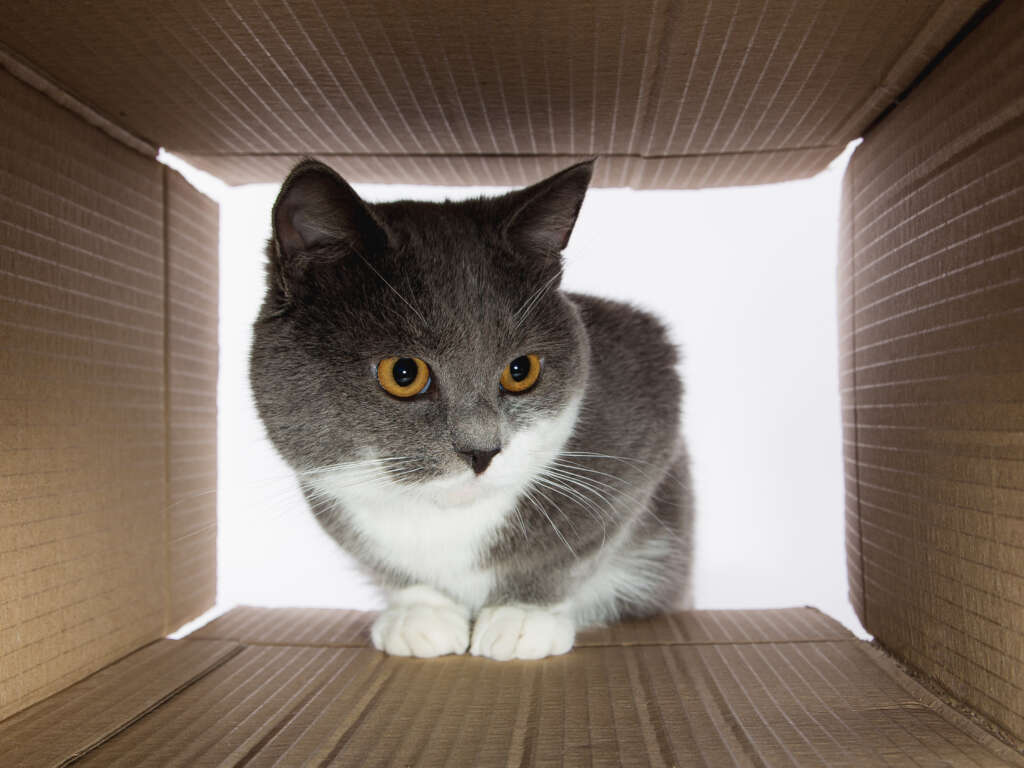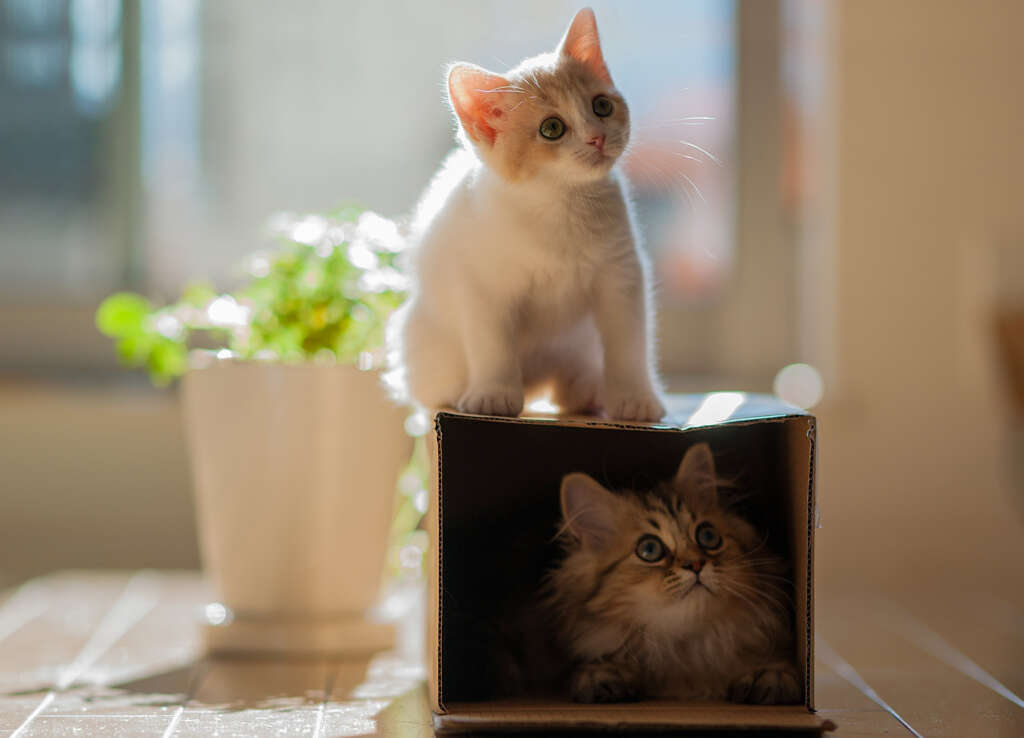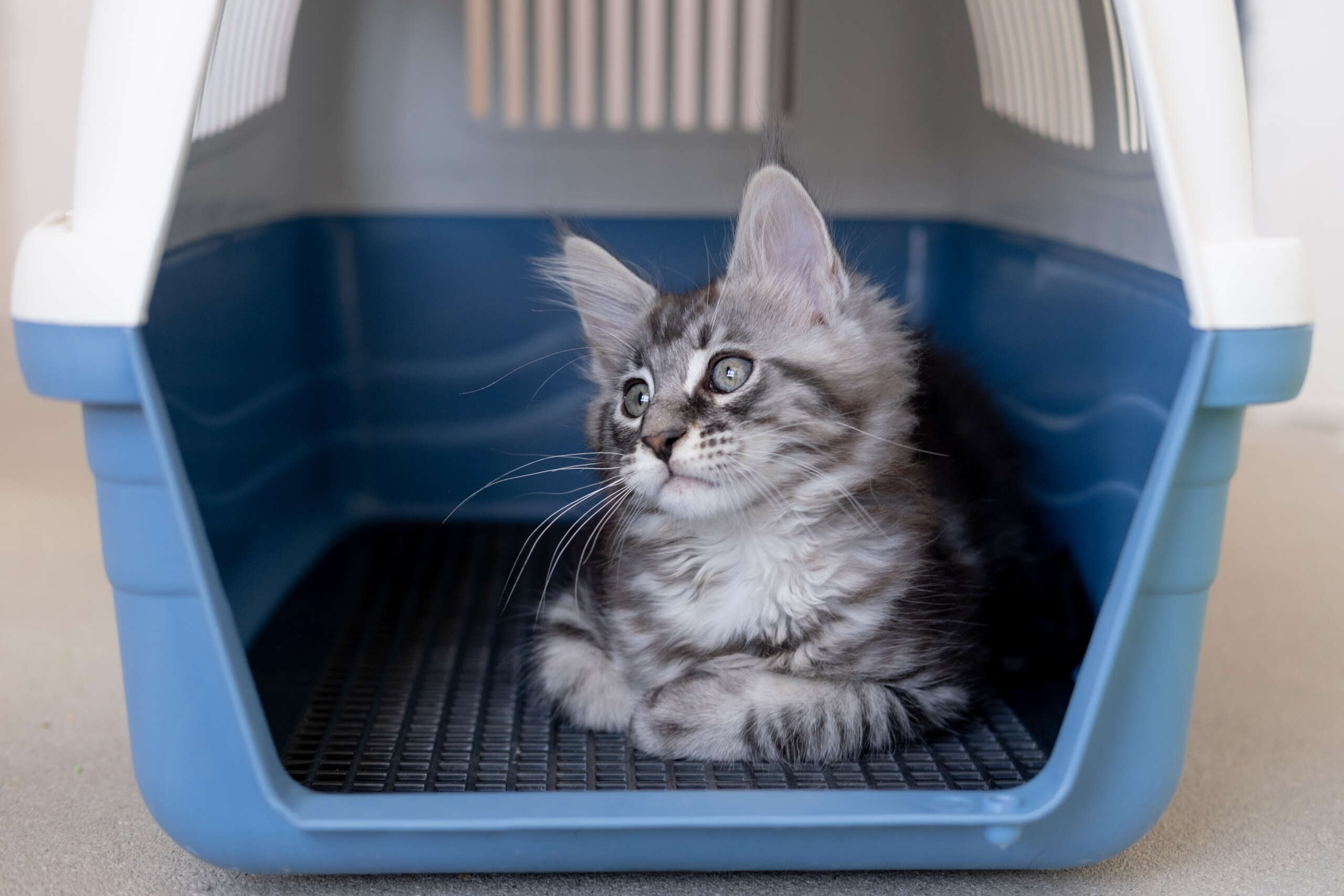Share This Article
Ever wondered why your cat prefers your carpet to the litter box? Many cat owners find litter training tricky. Our litter box training guide simplifies the process, making it easy litter box training.
Cats learn house training fast, but it’s not just about that. Choosing the right litter box and understanding your cat’s needs is key. This guide shares cat litter box tips for consistent use and how to use positive reinforcement and environment to help with cat potty training.
This guide helps with kittens and older cats alike, offering advice for each life stage. We cover everything from clumping litter to the “+1 rule” for homes with more than one cat. Follow our simple steps to make your cat use the litter box correctly. Join us to solve the litter box puzzle and improve your home with cats.
Understanding Your Cat’s Litter Box Preferences
Every cat owner should focus on creating a comfortable litter box setup for their cat. Cats like things just so and value cleanliness. So, it’s key to set up the litter box right. This means looking at different litters for various needs, from kittens to older cats.

There are many cat litters to choose from. Clumping clay litter is popular for its easy clean-up. It clumps when it touches urine. Non-clumping litters, like those from non-bentonite clay or wood fibers, are also popular. For eco-friendly options, natural litter made from wheat, corn, grass, or recycled paper are great. They control odors well and break down easily.
When picking litter, think about your cat’s age and health. Kittens do well with soft pine litter, which is gentle on their paws and free from harsh chemicals. Older cats might need litter boxes in quiet spots, following the “+1 rule” for extra access.
It’s not just about the litter but also about cleaning and understanding your cat. Scoop often and use cleaners like OxiClean to keep the area clean. Be patient during training, as it can take four to six weeks for your cat to adjust.
If your cat won’t use the litter box, it could mean health issues or discomfort with the setup. If problems last, see a vet to check for health problems. A good litter box setup is key for your cat’s health and happiness.
Litter Box Training Your Cat: A Step-by-Step Approach
If you’re a cat owner, learning how to litter train a cat is key for a peaceful home. This litter box training guide simplifies the process into easy steps. Follow these steps for success:
First, pick a quiet spot in your home for the litter box. Make sure it’s easy to get to but still feels private for your cat. Then, let your cat check out the litter box at their own pace.

Being consistent is crucial in litter box training. Put your cat in the litter box after meals or naps to create a routine. Watch how they act during these times to link the box with their bathroom habits. If they have accidents, gently guide them back to the box without making them stressed.
Choosing the right litter matters, as cats like certain smells or textures. The litter should be deep enough for your cat to dig and cover their waste, about two inches.
Keeping the litter box clean is very important for your cat’s health and encourages them to use it. Clean it daily and deep clean it weekly to keep it fresh and odor-free.
If your cat starts avoiding the litter box, think about changing the litter or its location. How to litter train a cat needs flexibility and patience from you.
By following these tips, you can ensure successful litter box training and a better life with your cat. Remember, being patient and persistent is key in this process.
The Role of Positive Reinforcement in Litter Box Training
Learning easy litter box training is all about using positive reinforcement. This method rewards your cat for good litter box behavior. Give a treat or praise right after they use the litter box. This links the reward to the action, making it more likely to happen again.
At the start of cat potty training, being consistent is crucial. Give treats quickly after each successful use of the litter box. Start with treats for about three out of every four times. Then, slowly give fewer treats and more praise or playtime as your cat gets better.
Experts say to avoid negative reinforcement with your cat. Punishing your cat for litter box mistakes can make them scared and avoid the litter box. If there’s an accident, clean it up with an enzymatic cleaner to remove smells and prevent more accidents.
Cats are most open to training before meals when they’re most motivated by food. Use these times for short, focused training sessions on cat potty training. Don’t force your cat to use the litter box, but encourage them with positive rewards. Remember, it may take about four to six weeks for them to fully adapt.
Addressing Common Litter Box Training Issues
When dealing with solving litter box issues, knowing what your cat likes is key. Many pet owners struggle but can often find solutions with cat litter box tips. For instance, cats prefer fine-grained litter, similar to the sand in their desert homes.

How deep the litter is matters too; cats don’t like it too deep, usually no more than two inches. Keeping the litter box clean is also important. Replace clay litter every two weeks and use mild dish soap for cleaning to keep the box fresh and inviting.
Where you put the litter box is important for cat potty training success. It should be quiet and away from where your cat eats and drinks. In homes with more than one cat, have one box per cat plus one extra to avoid fights over the box.
If a cat stops using their litter box, seeing a vet is a must. This could mean a health issue like urinary tract problems or kidney disease, especially if they’re showing pain when they urinate. The right medical care and a clean, welcoming space can help them go back to using the litter box.
In summary, cat potty training and solving litter box issues need good litter care, knowing cat behavior, and a calm home. Checking these things often can help fix common litter box problems.
Adapting Litter Box Training Techniques for Different Ages of Cats
Learning how to litter train a cat means knowing that different life stages need different strategies. Kittens need small, easy-to-reach litter boxes right away. As they grow, switch them to bigger boxes to keep them comfortable and flexible.
Adult cats, especially those new to indoor living or litter boxes, need patience. Use an easy litter box training method, like putting them in the box after meals and naps. Make sure their litter box is quiet and private to reduce stress and encourage use.
Senior cats may have trouble moving and need special litter boxes. Look for ones with low sides and place them where they don’t have to move far. This helps them use their litter box without accidents.
Regardless of age, cats prefer unscented, natural litters. Clean their litter boxes daily and change the litter often to keep them coming back. Each cat should have its box, and more in homes with multiple cats, to keep things clean and comfy.
With consistent and patient training, adjusting methods for each cat’s age and abilities makes litter training easier. Remembering these tips can make life better for cats and their owners.
Optimizing Your Home Environment for Successful Litter Box Use
Setting up your cat’s litter box right is key to avoiding problems that can upset both pets and owners. At least 10% of cats may start having trouble with their litter box, but you can often stop this by thinking about where, how many, and what type of litter boxes you have. Cats like privacy and quiet when they use the litter box, so put it in a quiet spot away from loud machines. Having enough litter boxes is also crucial. Aim for one box for each cat, plus an extra to reduce stress and competition among cats.
The design of the litter box matters a lot for your cat’s comfort. A bigger box lets cats dig and turn naturally, which can help them avoid hating the litter. Cats prefer open litter boxes with one to two inches of clumping, scent-free litter for easy cleaning and less smell. Keeping the litter box clean is also important – scoop it often, change the litter regularly, and clean the box well to keep it fresh for your cat.
Adding cat-friendly items can make things better: non-intrusive mats stop litter from getting everywhere, and products like PureAir charcoal filters help with smells. Keeping the litter box clean and fresh is key for your cat’s health and smell sensitivity. By following these tips and watching your cat’s behavior, you can make your home happier and healthier for your cat. A clean litter box shows your cat is comfortable with their bathroom habits, which is good for their health.


